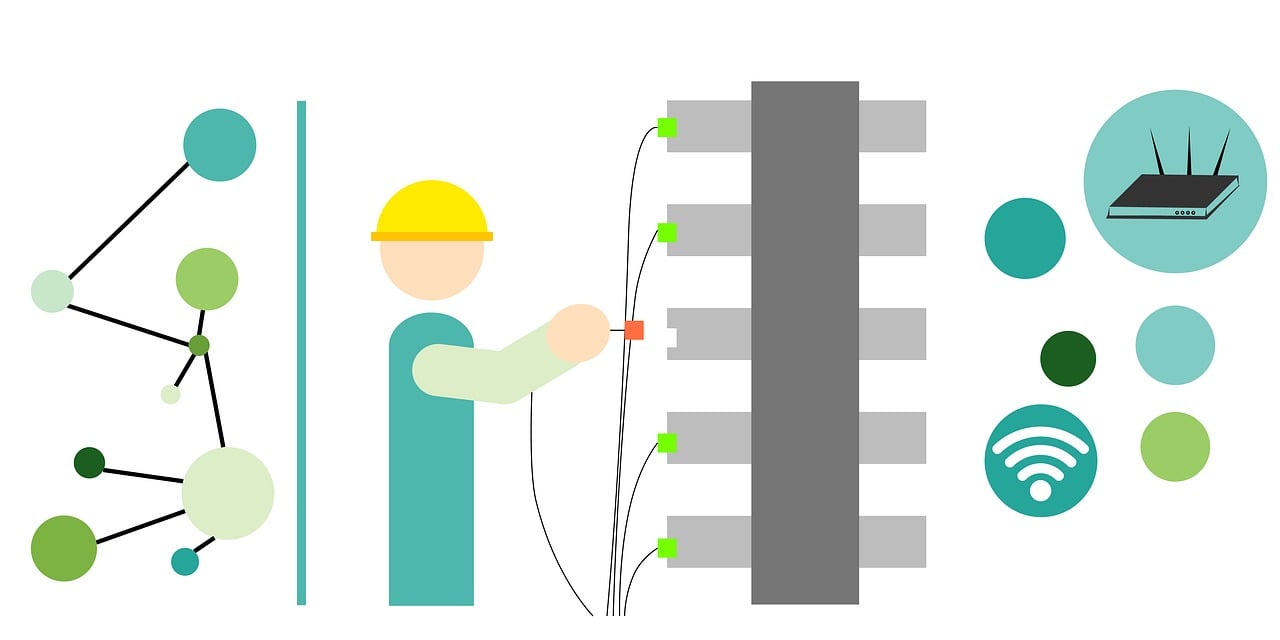WiFi vs Ethernet for Streaming: Which is Best?
When it comes to streaming audio and video, there are two primary options for connecting to the internet: WiFi and Ethernet. Both have their own advantages and disadvantages, and the choice between them ultimately depends on your specific needs and circumstances.
One key advantage of WiFi is its convenience and versatility. With a WiFi connection, you can easily connect multiple devices to the internet without the need for cumbersome cables. This makes it an ideal choice for households with multiple devices that need to be connected, such as smart TVs, smartphones, and tablets.
Additionally, WiFi has improved significantly in recent years and is now capable of delivering fast and reliable internet speeds. Modern WiFi standards, such as WiFi 6 and WiFi 6E, offer significantly faster speeds and improved range compared to older standards. This makes WiFi a viable option for streaming high-quality audio and video.
However, WiFi does have some potential drawbacks compared to Ethernet. One issue is that it is prone to interference from other devices, such as microwave ovens and cordless phones, which can cause disruptions in the signal. Additionally, the signal can be weaker in certain areas of the house, which can lead to slower speeds or dropped connections.
Ethernet, on the other hand, offers a more stable and reliable connection compared to WiFi. Because it uses a physical connection via a cable, there is less potential for interference or signal degradation. This makes it an ideal choice for streaming high-definition video and other bandwidth-intensive activities.
However, Ethernet is not as convenient as WiFi. It requires a physical connection to the device, which can be inconvenient if the device is not located near the router. It is also less versatile, as it is not possible to easily connect multiple devices to the internet without additional cables.
So, which is the best option for streaming? Ultimately, it depends on your specific needs and circumstances. If you need a stable and reliable connection for streaming high-definition video, Ethernet is likely the better choice. However, if you have multiple devices that need to be connected and convenience is a priority, WiFi may be the better option.
It's worth noting that it is possible to use both WiFi and Ethernet simultaneously to take advantage of the benefits of both. For example, you could connect your smart TV or streaming device to the internet via Ethernet for a stable and reliable connection, while using WiFi for other devices in the house.
In conclusion, both WiFi and Ethernet have their own advantages and disadvantages when it comes to streaming audio and video. The choice between them ultimately depends on your specific needs and circumstances. It may be worthwhile to consider using both to take advantage of the benefits of both technologies.















